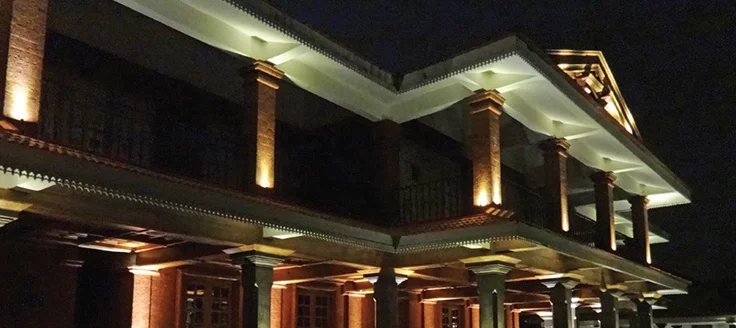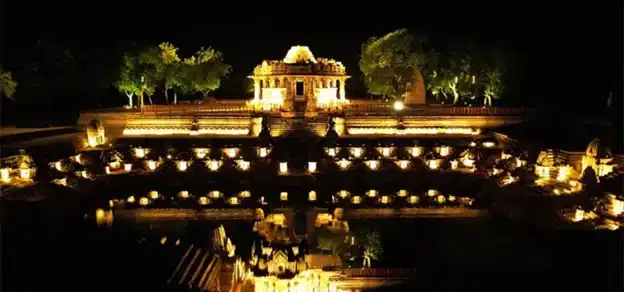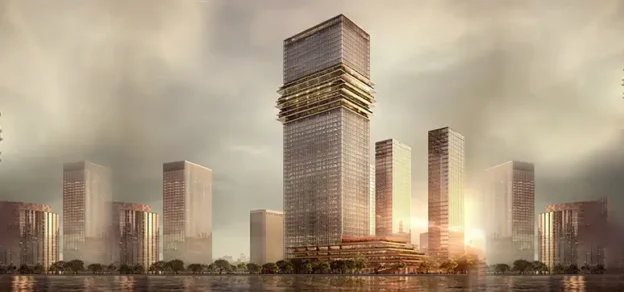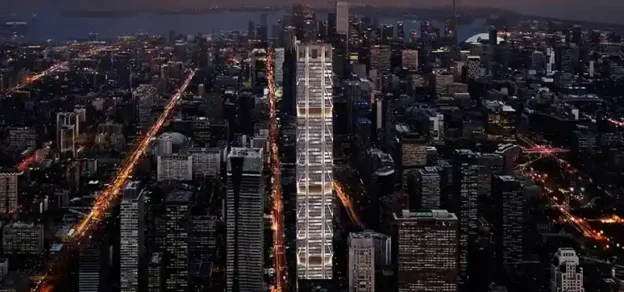People find the nightscapes around them created by illuminated building façades interesting. These façades facilitate orientation, convey messages, communicate emotions and create attention. Façade lighting is encouraged as a method to subtly highlight and accentuate interesting features in a building’s structural and architectural form as seen from principal vantage points.
Contemporary lighting solutions for building façades need to create added value for local authorities or have architectural or economic merit by making a location more beautiful and safer, showing a building off in the right light or getting a positive corporate image across.Achieving these demands great aesthetic design sensibility. Nowadays, however, lighting solutions also need to be sustainable, save resources and prevent unnecessary light pollution.
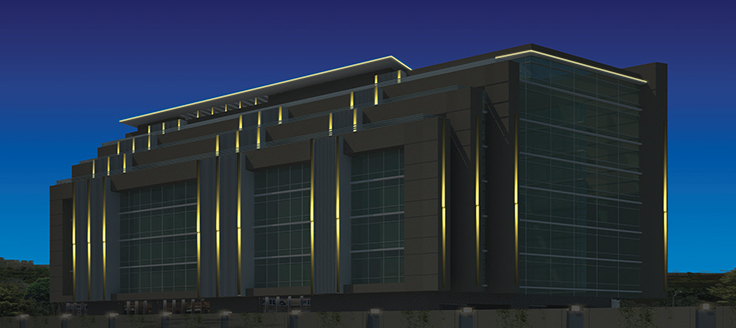 The Central, Chembur, Mumbai
The Central, Chembur, Mumbai
The form of façades is determined not only by their material and shape but also by the light and its direction and colour. The appearance of a façade alters during the course of the day due to the changing direction of light and the varying components of diffused and direct light.
Different light distributions and the use of lighting control systems give façades an appearance of their own at night. Varying illuminances differentiate components or areas of a façade.
There are many non-engineering decisions to be made. Do you want the building to stand out or blend in? Do you want a subtle or ‘in your face’ effect? Which parts of the building are worth highlighting? Do you want colour? Making the building look good is down to aesthetic judgement.
Remember, you can save a great deal of energy by highlighting certain parts of a building rather than flooding the whole façade with uniform light. The source for façade lighting should have limited or no visibility on the façade.
Lighting should be from concealed lighting fixtures; luminaries should not be directly visible from the sidewalk or street. There are many key factors that are critical to the success of your outdoor lighting job. Proper fixture selection, fixture positioning, and light distribution patterns are among the many factors that should be considered when designing any lighting applications.
Architectural Lighting:
- Architectural lighting solutions place emphasis on the architecture, materials and the lighting effect sought after by the architect and building owner.
- Architecture is illuminated without altering the character of a building.
- Individual façade elements are accentuated and the natural structures of the façade are emphasised.
- Bright, vertical surfaces produce a greater sense of security and assist orientation.
- An appealing townscape attracts tourists and investors like a magnet.
Engineering Behind Architectural Lighting:
On approval of lighting design concept and budget from architect/owner of the building, the main chapter begins. There are lots of things which are needed to be co-ordinated with various other agencies as this is completely different exercise.
The important things are:
- To explain the electrical consultant and electrical contractor to understand the concept.
- Providing them with complete information regarding the electrical circuiting for each and every high light element, so that the team can have flexibility of programming or making choice of on/off various light fitting.
- For linear LED fittings, provision of drivers to be done at site, in a suitable and accessible location, in IP rated junction boxes.
- The live wire termination need to be done with proper IP rated GEL connectors so that no moisture/water enter the electrical joints.
- The provision for installation should be such that, in future it will be easy to rectify the defect.
- Once the light fittings are installed, the important thing is to properly focus the fitting to get the desired effect as intended in the concept.
- The linear fittings are to be properly installed, so that the installation will look even.
A Traditional Ayurvedic Treatment Centre
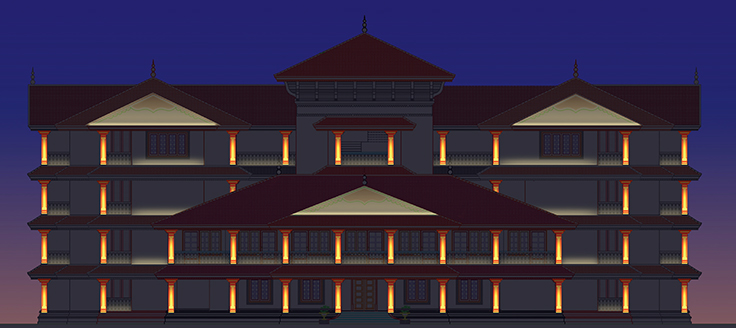
More than a resort “Ayurvedic Village” is traditional Kerala residential treatment centre located near Morbe Dam, New Panvel in Navi Mumbai. The structure resembles traditional Kerala style architecture. The entire structure is built with traditional Chira stone (laterite stone), and all the columns and façade walls are of same material.
THE CONCEPT
After studying the drawings, we come up with concept that could illuminate the columns and highlight it with not very powerful but with a narrow beam light source, instead of flooding the complete structure. This made a difference.
We came up with rendering scheme and shared the same with client and architect. With only one presentation, the scheme got approved.
This was followed by a series of meetings and discussions with electrical consultant and electrical contractor for wiring and driver location for LED
fittings.
In the project, we used more than 450 nos of 3W 10 Degrees 3000K IP65 rated down light with glare control shield. The material finish was same as that of Chira stone.
And after hard work of two years, we achieved the marvellous effect which was intended on day one.
QUICK FACTS
Project: Ayurvedic Village
Location: Panvel, Navi Mumbai
Client: N.K.Bhupesh Babu
Architects: Suresh Babu and Partners
Other Consultants: Maars Tech Engineers Pvt Ltd
Materials Used for Façade& Fenestration: Lateritestone in original format
Commencement Date: 2013
Completion Date: 2015
